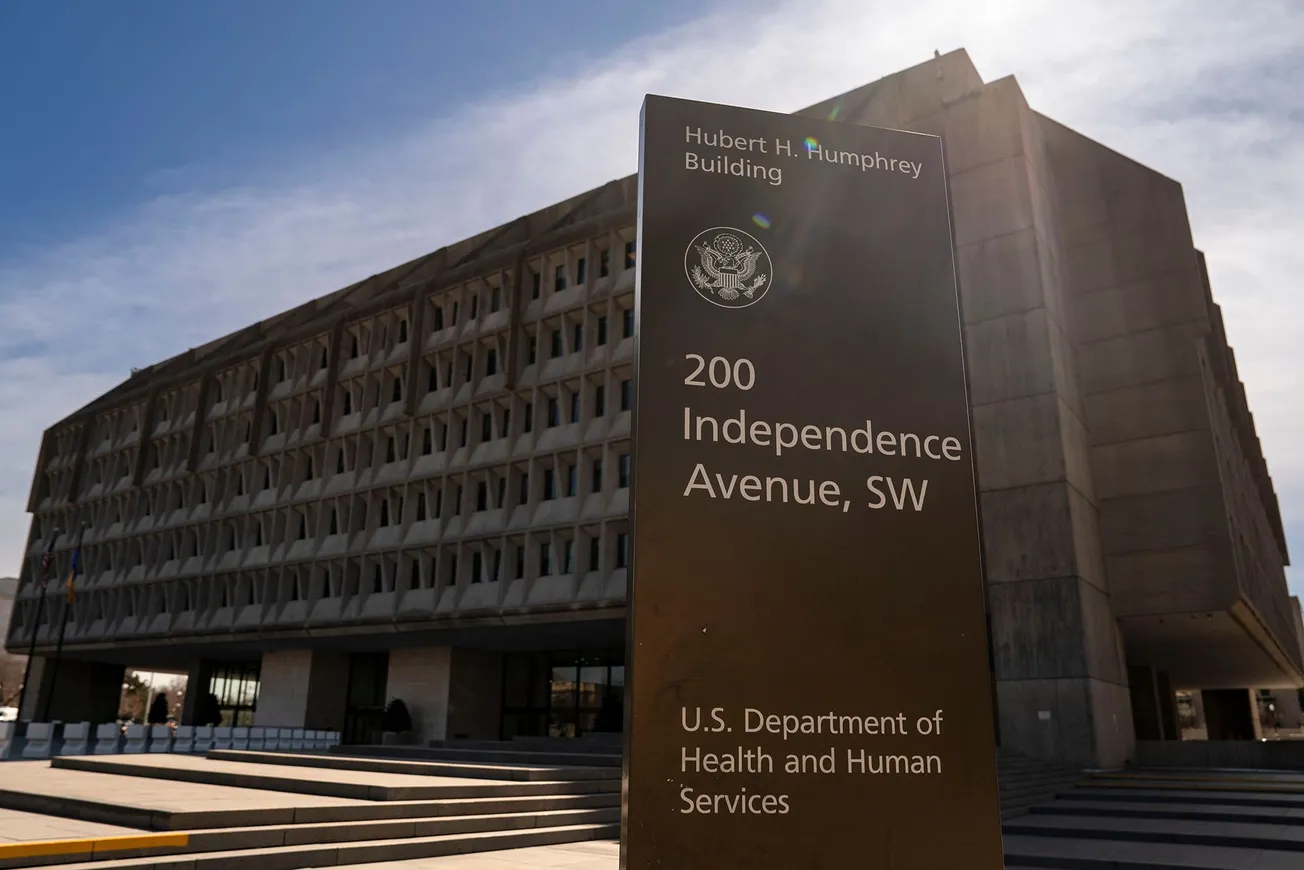WASHINGTON — The Trump administration on Thursday announced a sweeping reduction of 10,000 employees at the U.S. Department of Health and Human Services, marking a significant restructuring aimed at streamlining operations and centralizing oversight under Health Secretary Robert F. Kennedy Jr.
The move, first reported by The Wall Street Journal, represents a drastic downsizing of the agency, which currently employs approximately 82,000 personnel. These cuts, combined with previous voluntary departures, will reduce the workforce to about 62,000, according to HHS officials.
As part of the reorganization, the department will consolidate its 28 existing divisions into 15, including the creation of a new entity, the Administration for a Healthy America (A.H.A.). Kennedy emphasized that while the transition would be challenging, it aligns with the administration’s goal of improving efficiency.
“We aren’t just reducing bureaucratic sprawl. We are realigning the organization with its core mission and our new priorities in reversing the chronic disease epidemic,” HHS Secretary Robert F. Kennedy Jr. said in a statement. “This Department will do more – a lot more – at a lower cost to the taxpayer.”
HHS plays a critical role in Americans' daily lives through its key agencies, including the Centers for Disease Control and Prevention (CDC), the Food and Drug Administration (FDA), and the National Institutes of Health (NIH). These agencies oversee public health, food safety, pharmaceutical regulations, and medical research. However, Kennedy has been vocal about what he perceives as inefficiencies within the department, criticizing its fragmented operations.
“When I arrived, I found that over half of our employees don’t even come to work,” Kennedy claimed. “HHS has more than 100 communications offices, over 40 IT departments, and multiple procurement and HR divisions that don’t coordinate with each other. These redundancies must be addressed.”
The restructuring is expected to save $1.8 billion annually and will consolidate regional offices from ten to five. A new Assistant Secretary for Enforcement will oversee key regulatory offices, and a newly formed Office of Strategy will enhance research to improve the effectiveness of federal health programs.
The layoffs will affect thousands across various agencies:
- FDA: 3,500 employees, excluding drug, medical device, and food inspectors.
- CDC: 2,400 employees.
- NIH: 1,200 employees, primarily in administrative roles.
- Centers for Medicare & Medicaid Services: 300 employees.
One of the most significant changes in the formation of the Administration for a Healthy America is merging the Office of the Assistant Secretary for Health with several other agencies. The focus of A.H.A. will include primary care, maternal and child health, mental health, environmental health, and workforce development.
The Administration for Strategic Preparedness and Response, responsible for handling disaster and public health emergency responses, will be absorbed into the CDC. Additionally, the Administration for Community Living, which supports older adults and individuals with disabilities, will be integrated into other HHS agencies.
State and local health departments expressed alarm over the abrupt end to federal grants established during the COVID-19 pandemic, warning that the cuts introduce significant uncertainty. Critics argue that the reorganization could disrupt vital public health services and weaken federal oversight of critical health programs.
The HHS workforce reductions will take effect in late May. Formal reduction-in-force (RIF) notices were sent to union leaders Thursday morning, with specific notifications to affected employees expected as early as Friday.
Negotiations with the American Federation of Government Employees union regarding the impact of the layoffs are expected to begin in the coming weeks.







